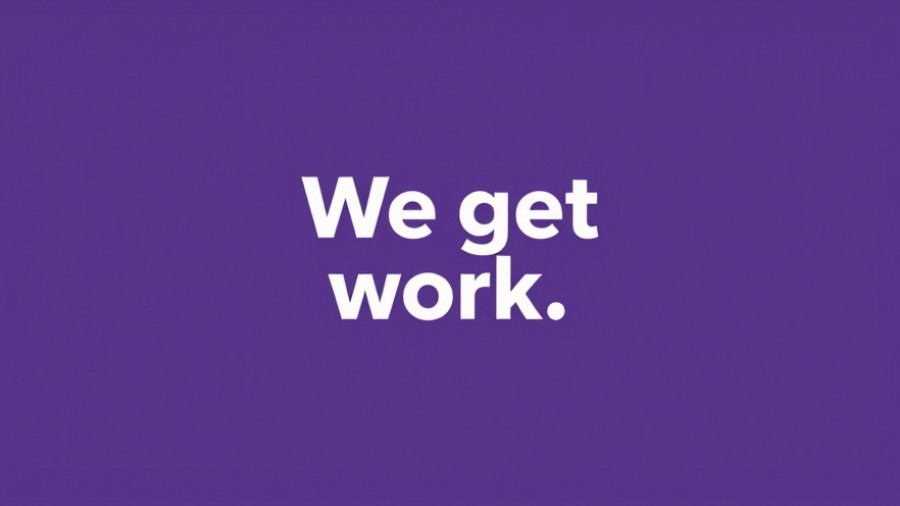
Understanding Workplace Mental Health
Workplace mental health is more than a buzzword; it reflects a critical aspect of employee well-being that employers must address actively. With nearly one in four adults experiencing some form of mental health condition, the stakes are high for organizations. The rise in stress-related requests and burnout rates underscores a pressing need for employers to cultivate environments that prioritize mental health. Both Michael Griffin and Michael Thomas, principal consultants at Jackson Lewis, advocate for open dialogues about stress and anxiety to mitigate stigma and foster a healthier workplace culture.
Why Should Employers Care?
It’s crucial for employers to understand that workplace stressors not only affect employee well-being but also the organization’s overall productivity. According to research findings, workplaces can expect absenteeism and reduced productivity levels from employees grappling with mental health challenges. Proactive measures—like creating accommodating environments—help prevent these issues from escalating. As reported, the cost associated with mental health challenges, such as lost productivity and healthcare expenses, can exceed $300 billion annually, making it an urgent issue for employers to tackle.
Implementing Proactive Strategies
Creating a mentally healthy workplace involves strategic planning and execution. First and foremost, organizational culture is paramount. A supportive climate encourages employees to express their needs without fear of judgment. This is echoed in findings from the WorkRise Network, which emphasizes the importance of robust mental health practices tailored to the unique needs of each workplace.
Here are five strategies from various leaders in the field:
- Fostering Psychological Safety: Create an environment where employees feel safe to share their thoughts and concerns. Regular check-ins and open feedback loops can help build this atmosphere.
- Supporting Leadership Training: Equip leaders with tools to recognize and address mental health challenges within their teams. This helps normalize conversations around mental health.
- Robust Mental Health Benefits: Provide comprehensive health benefits that remove barriers to necessary mental health services.
- Employee Assistance Programs (EAPs): Ensure that these programs are well-publicized and tailored to meet the unique needs of your workforce.
- Encouraging a Healthy Work Environment: Offer physical spaces for relaxation and promote wellness activities to foster a more supportive atmosphere.
A Ripple Effect on Productivity
The effects of improved mental health strategies are profound. Research consistently shows a direct relationship between mental well-being and productivity. In workplaces where mental health is prioritized, not only do employees report higher satisfaction levels, but organizations also see lower turnover, absenteeism, and healthcare costs. For example, companies investing in mental health support can expect returns of up to $4 for every $1 spent on such programs.
Final Thoughts and Takeaways
As the landscape of work continues to evolve, organizations must prioritize mental health to remain competitive and productive. By implementing supportive practices and fostering a culture of awareness and accommodation, employers can significantly impact their workforce positively. The conversation around mental health should be ongoing, as it is integral to not only individual well-being but also organizational success.
There are actionable steps you can take today to advocate for better mental health support in your workplace. Engage with your HR team about current mental health policies, identify gaps, and propose solutions. Remember, every small effort contributes to a healthier work environment.
 Add Row
Add Row  Add
Add 




Write A Comment